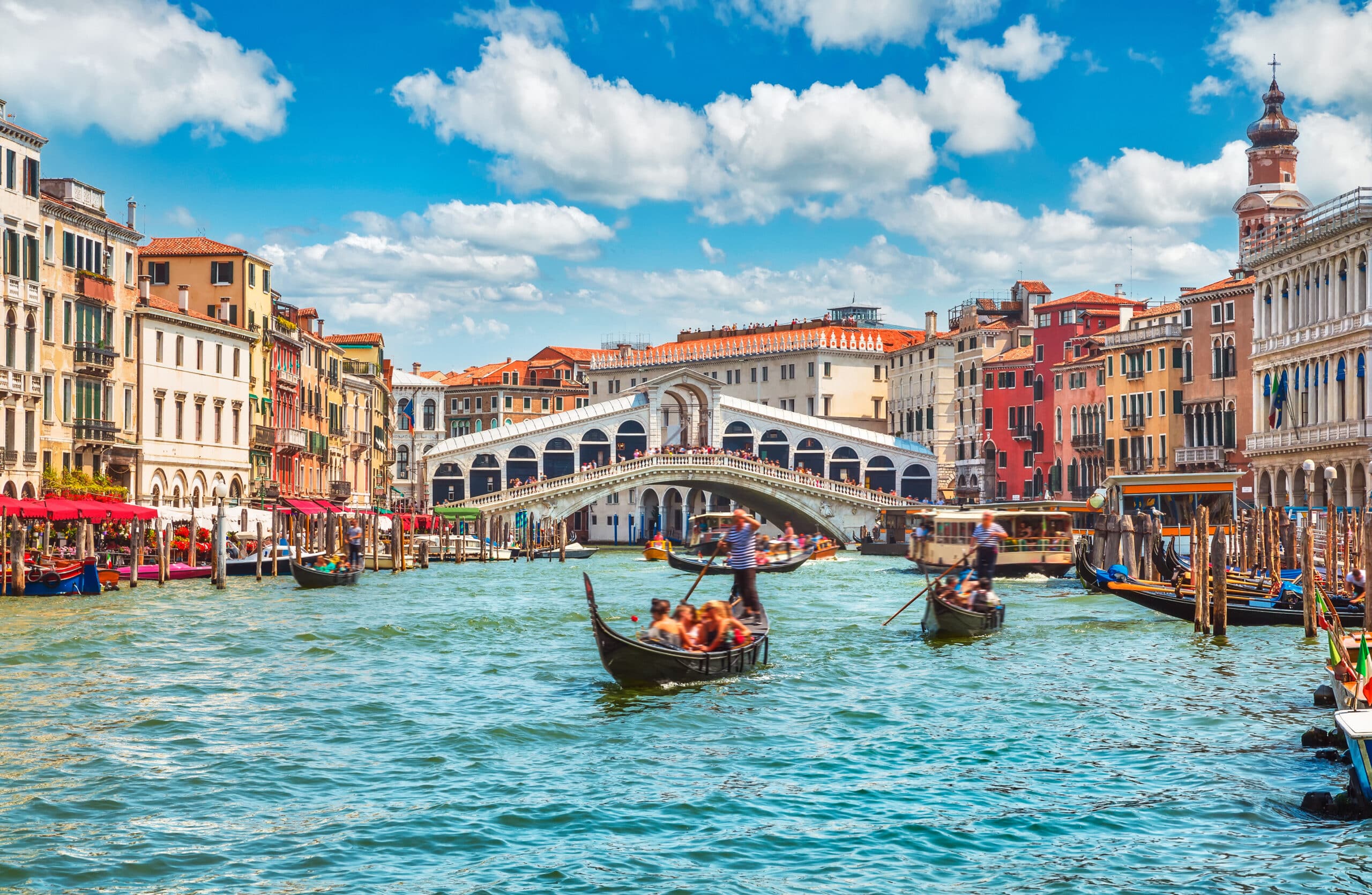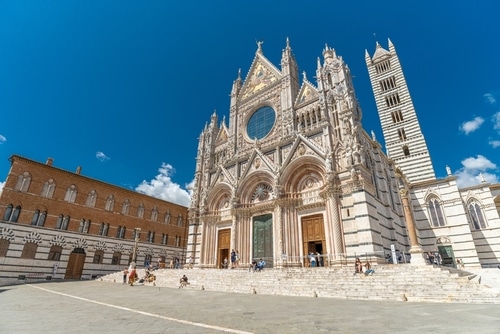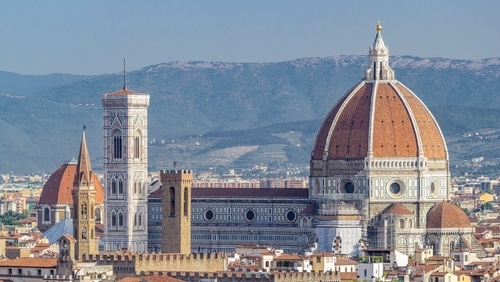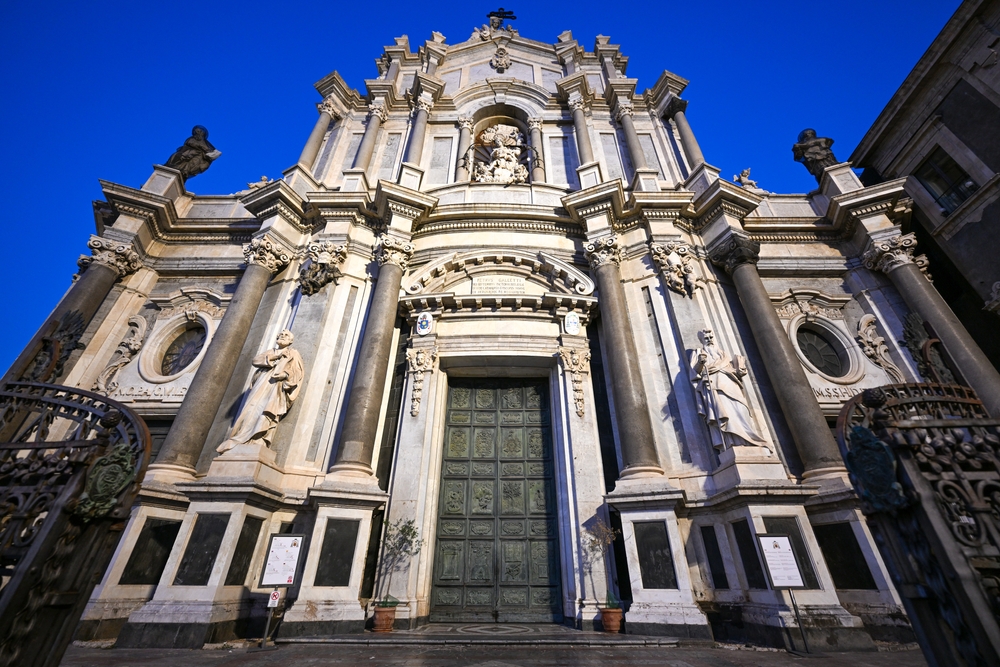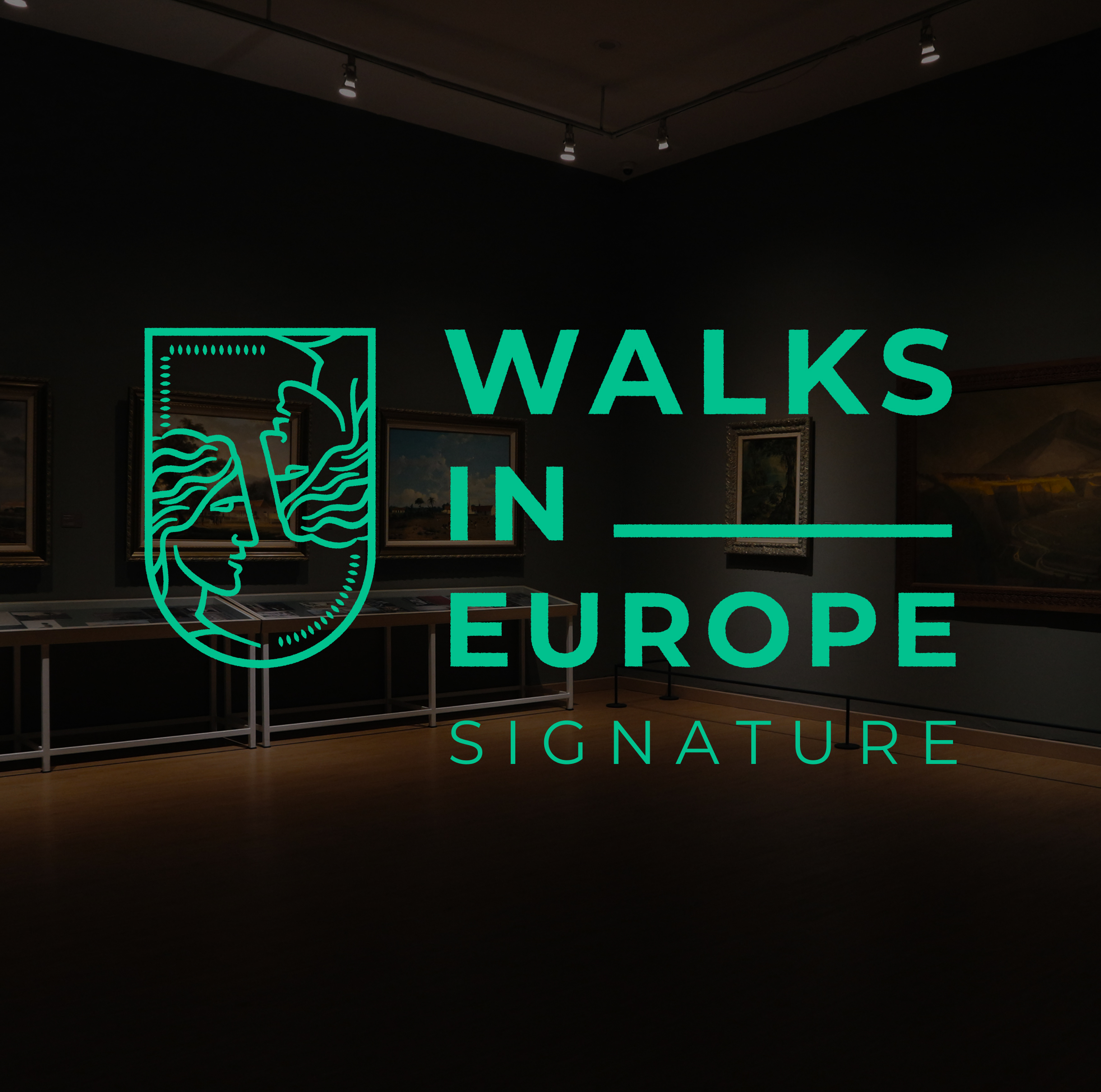If your idea of the perfect getaway involves winding canals, graceful gondolas, and centuries-old palaces reflected in shimmering water — welcome to Venice. It’s one of those cities that feels almost unreal, like you’ve stepped straight into a painting. But for all its beauty, Venice can be a little tricky to navigate, especially for first-time visitors. That’s why we’ve gathered some friendly, practical Venice travel tips to help you make the most of your visit — and skip the common tourist mishaps. Let’s dig into the specifics!
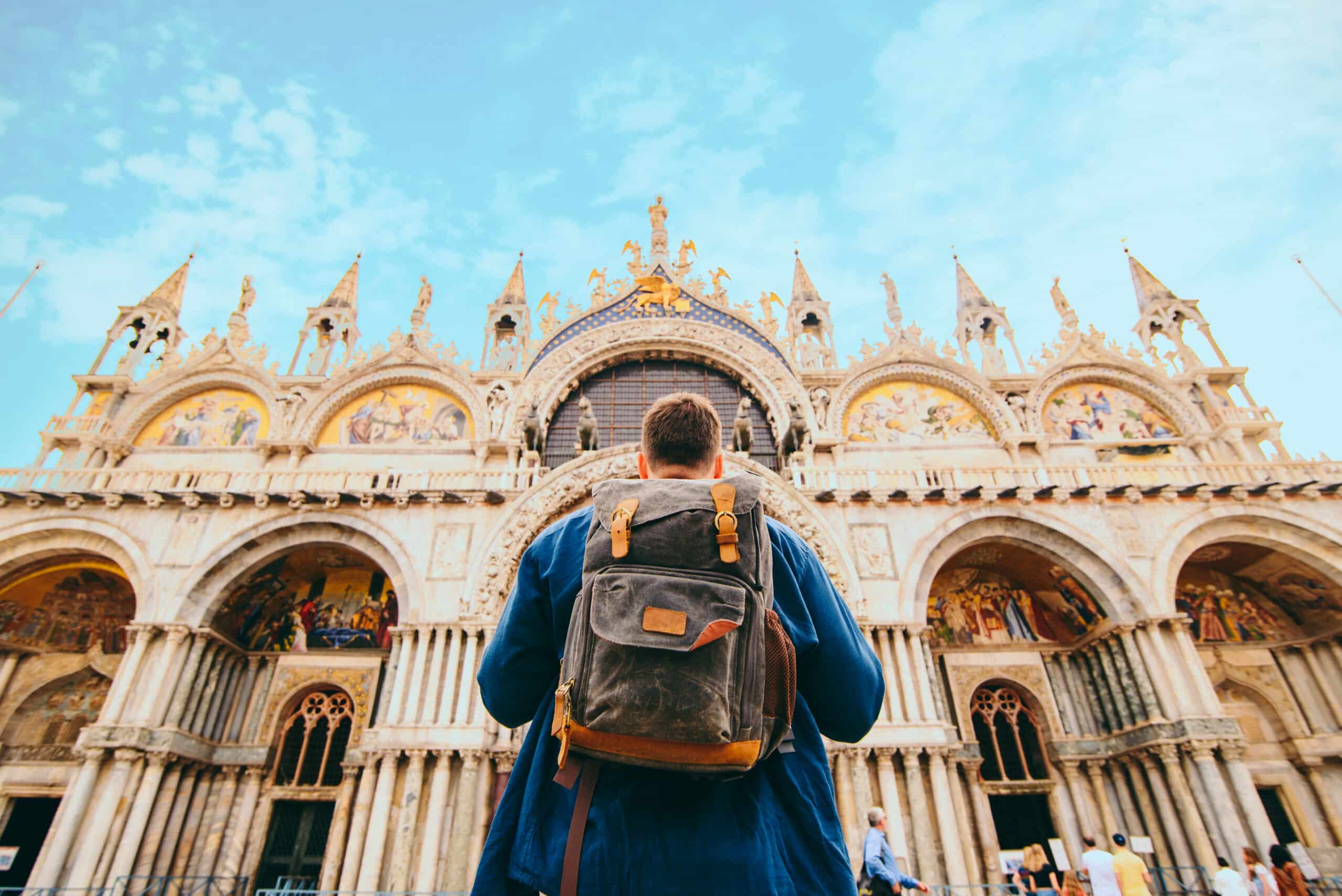
When’s the Best Time to Visit Venice?
Timing really can make or break your Venice travel experience. Summer, from June to August, is the city’s busiest season. The weather is warm, but the crowds are huge, prices are higher, and the narrow streets can feel packed from morning till night. If you’d rather explore at a gentler pace, plan your trip for spring (April to May) or autumn (September to October). The air is mild, the canals shimmer under softer light, and you’ll still get that postcard-perfect atmosphere without quite so many selfie sticks in the way.
Winter is another story altogether. From November to February, Venice takes on a quiet, moody charm that’s hard to resist. You might need to bundle up against cool winds or occasional rain, but in return, you get lower prices, cozy cafés, and almost no queues. Just be prepared for acqua alta — the high tides that sometimes flood parts of the city. Pack waterproof shoes, embrace the adventure, and you’ll have Venice almost to yourself.
How to Get to Venice and Around the City?
Next on our Venice travel tips list is the transport. The city’s main airport is Marco Polo Airport (VCE), about 13 kilometers from the city center. Once you land, you can hop onto a vaporetto (water bus), hire a water taxi, or take a shuttle to Piazzale Roma, where the road ends and the waterways begin. If you’re arriving by train, you’ll pull straight into Santa Lucia Station, right on the Grand Canal — one of the most scenic train arrivals in Europe. And if you’re coming by car or bus, you’ll have to leave your vehicle at the edge of the city, either in Mestre on the mainland or at Tronchetto, before switching to water transport or walking.
Getting around Venice itself is all about boats and walking. The vaporetto system is the city’s version of a public bus network, connecting major stops along the Grand Canal and out to islands like Murano, Burano, and Lido. A single ticket is fine for short trips, but if you’re staying more than a day or two, a multi-day pass is much better value. Don’t forget to validate your ticket before boarding — the fines are steep if you forget.
Still, the best way to explore Venice is on foot. You’ll get lost — everyone does — but that’s part of the fun. Wander through narrow lanes, over small bridges, and into quiet squares, and you’ll find charming cafés, tiny bookshops, and hidden churches that don’t appear on any map.
Pro Tip: As always, we advise wearing comfortable shoes and travelling light. Those picturesque bridges are less fun when you’re dragging a giant suitcase up their steps!
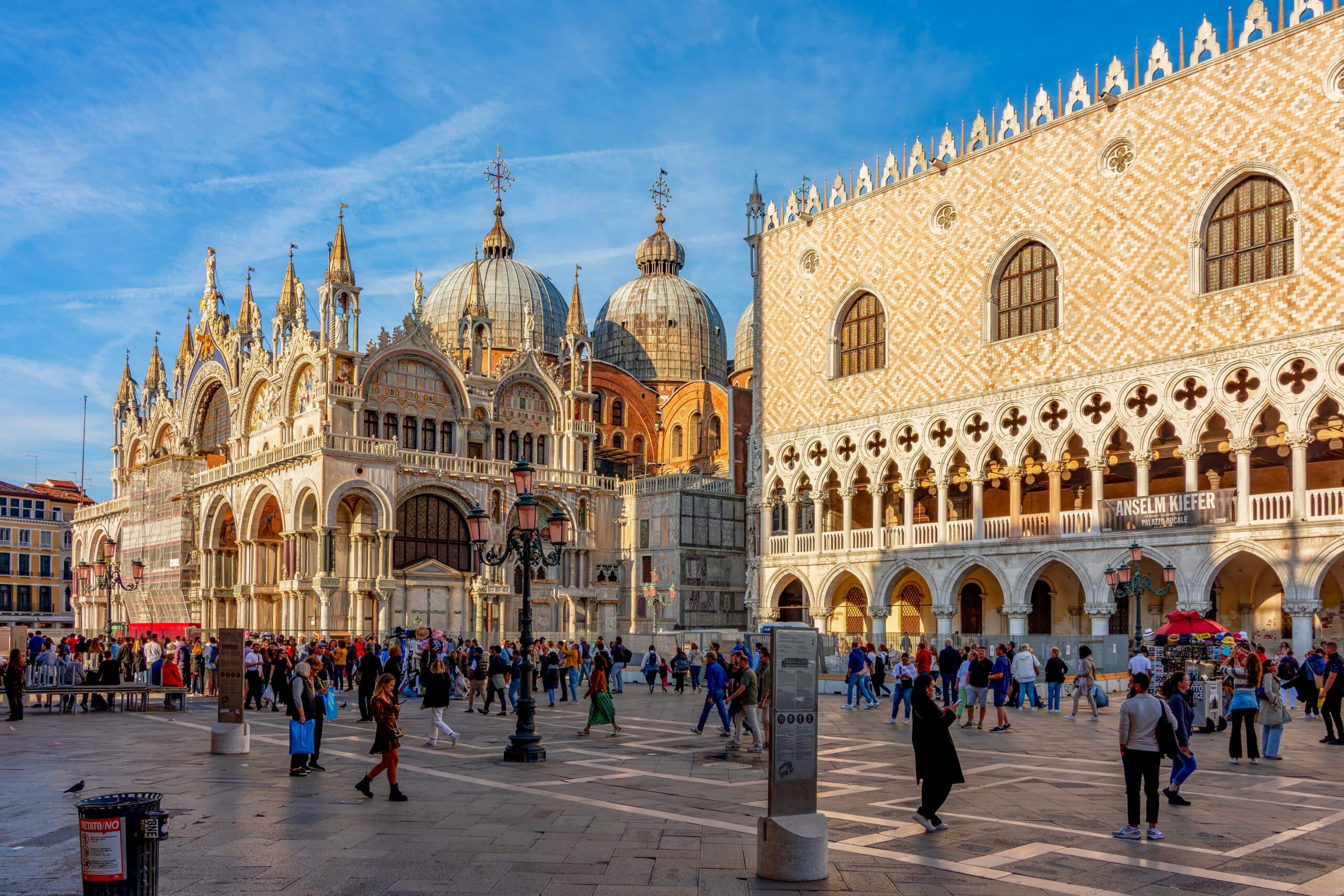
Where Should We Stay in Venice?
Venice is made up of six main districts, each with its own personality. Staying near St. Mark’s Square puts you close to the city’s most famous landmarks — ideal for first-time visitors who want to be in the thick of it. The Dorsoduro and San Polo areas are a little quieter and filled with galleries, local restaurants, and artisan shops. If you want a more residential vibe, look to Cannaregio, home to Venice’s historic Jewish Ghetto and plenty of authentic osterias where locals still outnumber tourists.
For those craving peace and open views, staying across the lagoon on Giudecca or the beachy Lido is a great choice. Both islands have regular vaporetto connections to the main sights, and at the end of the day, you can retreat to somewhere calm, with stunning sunsets over the city skyline.
Smart Venice Travel Tips
Start your days early or explore after dark — Venice’s magic really shines when the crowds fade away. The early morning light turns the canals into liquid gold, and in the evening, when the day-trippers leave, you’ll feel like you have the city to yourself. Book skip-the-line tickets in advance for big attractions like St. Mark’s Basilica and the Doge’s Palace to save time (and sanity).
Keep an eye on the tides, especially from late autumn to early spring. If you see raised wooden walkways being set up, that’s your cue for acqua alta. It’s more of an inconvenience than a disaster, and locals handle it with ease — you will too. Bring light rain gear and maybe some waterproof shoe covers.
Venice isn’t a place for rushing or ticking off a checklist. Take breaks at tiny cafés, sample cicchetti (Venetian tapas), and enjoy a spritz or espresso while people-watching in a sunny square. Learn a few polite Italian words like “grazie” and “buongiorno” — Venetians really appreciate the effort. And please, follow local rules: no feeding pigeons in St. Mark’s Square, no swimming in the canals, and keep noise down at night in residential areas. Venice is small, and respect goes a long way here.
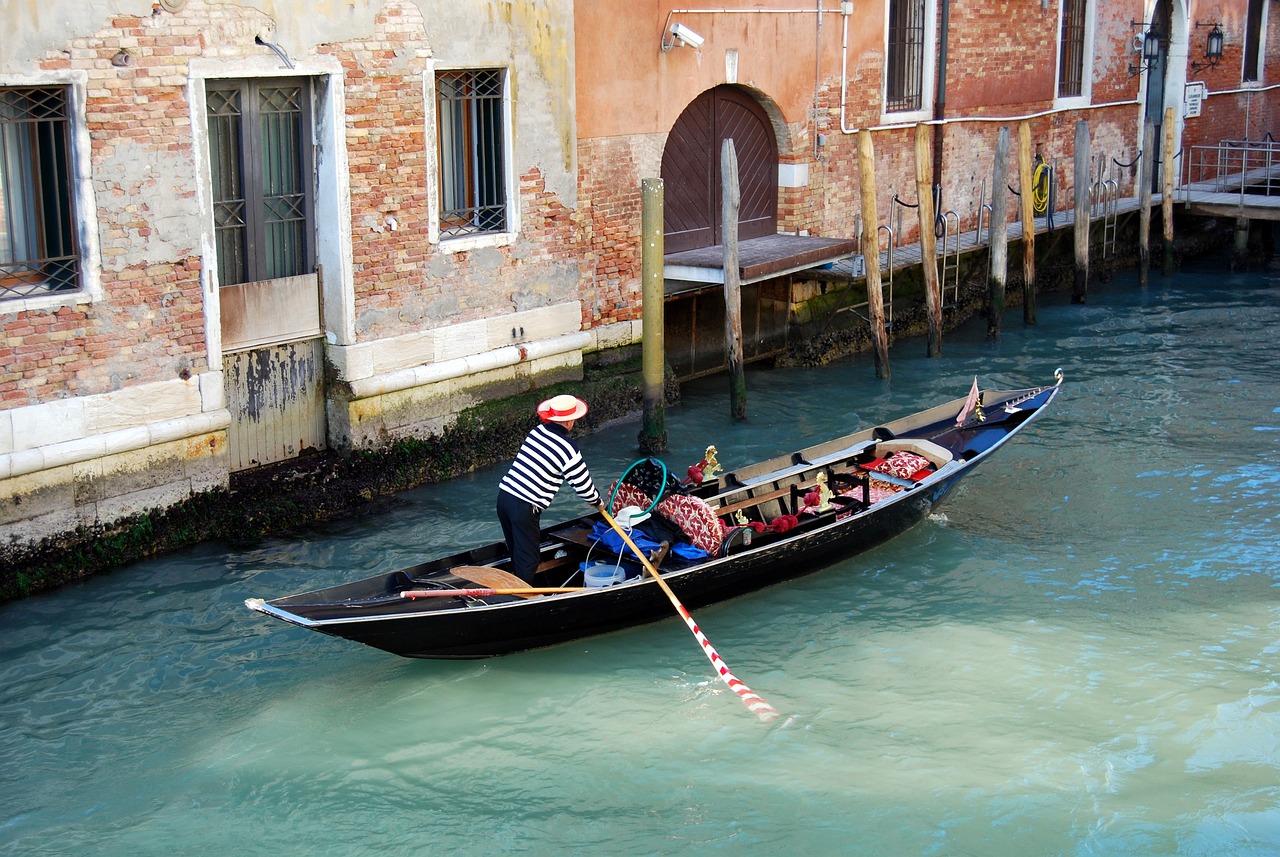
A Little Sample Itinerary
If you only have two days, focus on quality over quantity. Spend your first day exploring Rialto Market, crossing the Rialto Bridge, and soaking in the art at the Accademia Gallery. In the afternoon, visit St. Mark’s Basilica and the Doge’s Palace, then wander along the waterfront at sunset. For dinner, pick a quiet osteria tucked away from the main squares and try some seafood risotto or squid ink pasta.
On your second day, hop on a vaporetto to the islands. Murano is famous for its glassblowing workshops, while Burano dazzles with candy-colored houses and lace-making traditions. End your trip back in Venice proper with a stroll through Cannaregio, a gelato in hand, and maybe one last look at the Grand Canal as the lights come on.
Final Thoughts
Venice is a city unlike any other — part dream, part labyrinth, endlessly photogenic and utterly unforgettable. But to truly enjoy it, you need to slow down. Wander without a plan (or go on a guided tour), linger by the water, and let the city surprise you. These Venice travel tips will help you navigate the quirks and the beauty alike, so you can focus on what matters: soaking in one of the most romantic and magical places on earth.

